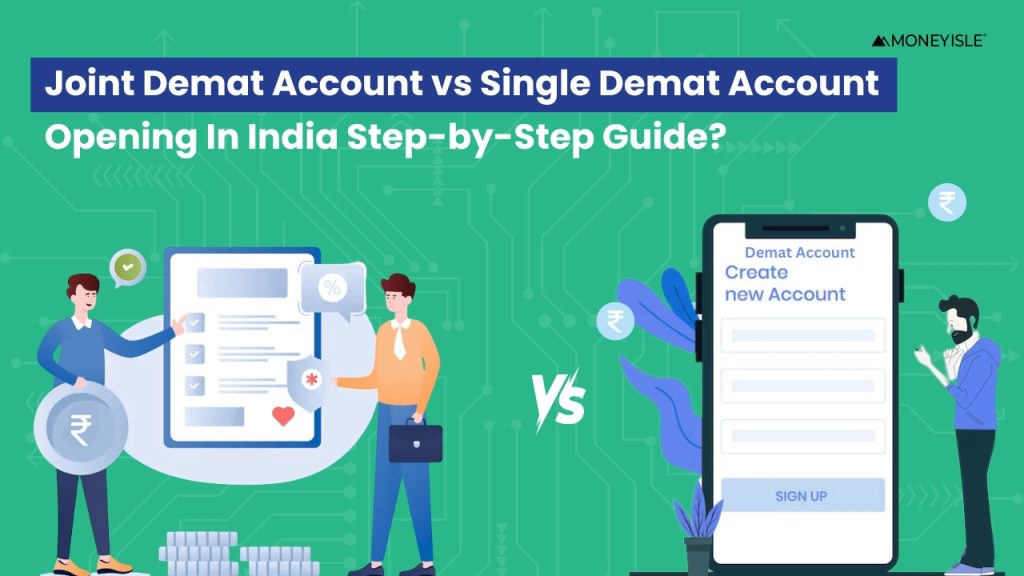India’s capital markets are undergoing a regulatory transformation, and the Futures & Options (F&O) segment is at the center of it. As we step into FY 2025, SEBI (Securities and Exchange Board of India) has introduced a host of new regulations aimed at creating a safer, more transparent trading environment especially in the high-risk F&O space.
Retail investor participation in F&O has skyrocketed in recent years. However, the same growth has revealed troubling trends such as uninformed trading, exaggerated influencer promotions, and significant losses. In response, SEBI new rules in 2025 aim to protect investors, streamline market behavior, and promote informed decision-making.In this blog post, we’ll explore the new SEBI rules for F&O trading in 2025, what they mean for traders and brokers, and how the future of derivatives trading in India might evolve.
Why SEBI Tightened F&O Rules in 2025
The rise of app-based broking platforms has democratized access to the stock market, including F&O products. But it also exposed a large number of retail traders to high leverage and market volatility. SEBI’s internal study showed that over 89% of retail F&O traders ended up losing money, and the average loss per trader was rising.
To address this, SEBI introduced new regulations that:
- Minimize systemic risk
- Ensure investor awareness
- Discourage misuse of leverage
- Curb misleading advertising
A Comprehensive Examination of the New SEBI Regulations for F&O Trading in 2025
1. Net Worth and Income Based Eligibility Criteria
Retail investors must now fulfill specific income or net worth requirements set by SEBI in order to trade in the F&O segments.:
- Income Tax Returns (ITR)
- Salary slips or business income proof
- Net worth certificates (if applicable)
This ensures that only financially sebi new rules for algo trading capable individuals enter the high-risk derivatives segment.
2. Investor Risk Profiling and Suitability Checks
Before a trader can take F&O positions, brokers must conduct a risk suitability assessment. This involves:
- A questionnaire on investment knowledge
- Assessment of financial goals and risk appetite
- Agreement to risk disclosures
Retail traders need to acknowledge the risks involved in leveraged trades.
3. Enhanced Risk Disclosure Statements
A significant change is the compulsory risk disclosure showing real trading outcomes. Brokers must share anonymized data such as:
- percentage of retail customers who made money or lost money at F&O
- Case studies or illustrations of margin calls and liquidation
- Warnings that a high turnover rate does not translate into profitability
This measure is expected to discourage impulsive or copycat trading behavior.
4. Tightened Leverage and Margin Norms
Leverage, while attractive, has often led to amplified losses. The revised SEBI regulations limit the overuse of margin. Now:
- Higher initial margins are required for speculative trades
- Dynamic margining based on volatility
- Intraday positions squared off if risk limits are breached
This promotes more prudent position sizing and reduces systemic risk.
5. Ban on Misleading Promotions and Influencer Advertising
Brokers, influencers, and content creators are now barred from making guaranteed-return claims or promoting F&O as a fast-money scheme. SEBI has mandated:
- Realistic promotional language
- Clear risk warnings on social media and advertising
- Disclosure if content is sponsored by brokers
This change is designed to clean up the digital environment where misinformation about derivatives was previously rampant.
6. Cooling-Off Period for New Traders
To prevent impulse trading, SEBI is considering a cooling-off period for brokerage charges online in delhi new traders in the F&O space. After registering and passing eligibility checks, new investors may be subject to:
- A waiting period of 7–15 days before being allowed to place F&O trades
- Mandatory educational modules or certification during the wait
This ensures that traders enter with understanding, not hype.
Impact on Retail Traders
Retail investors are the most impacted by these reforms, but in a positive way. Here’s what traders should take away:
- Be Prepared: Keep your financial documents ready if you plan to trade F&O.
- Get Educated: Learn the basics of derivatives, how options work, and strategies for risk management.
- Use Tools: Platforms now offer brokerage calculators, SIP return calculators, and margin calculators—use them wisely.
- Be Realistic: Understand that derivatives are not wealth-generators by default. Use them for hedging or disciplined strategies.
Impact on Brokers and Trading Platforms
Brokers are now required to:
- Redesign onboarding journeys to include risk checks
- Store and verify financial documents
- Provide real-time risk warnings
- Avoid exaggerated claims in marketing
While this sebi new regulations in india adds compliance pressure, it builds long-term trust and credibility within the ecosystem.
What Does the Future of F&O Look Like?
The F&O segment in India is moving from wild-west speculation to structured risk-taking. We are likely to see:
- More informed traders
- Tech-driven compliance features
- Sustainable trading volumes over short-term surges
- Innovation in investor education tools
Regulations may continue to evolve, but the message is clear: India’s derivatives market must mature responsibly.
Final Thoughts
SEBI F&O regulations for 2025 are not about restrictions they are about responsibility. By prioritizing investor awareness, risk protection, and platform accountability, these rules are paving the way for a more resilient financial market. If you’re a retail investor or trader, this is the time to realign your strategy. Whether it’s by upgrading your financial knowledge, using calculators to plan trades, or simply reducing your exposure to high-risk products, your trading journey in 2025 should begin with caution, clarity, and confidence.











